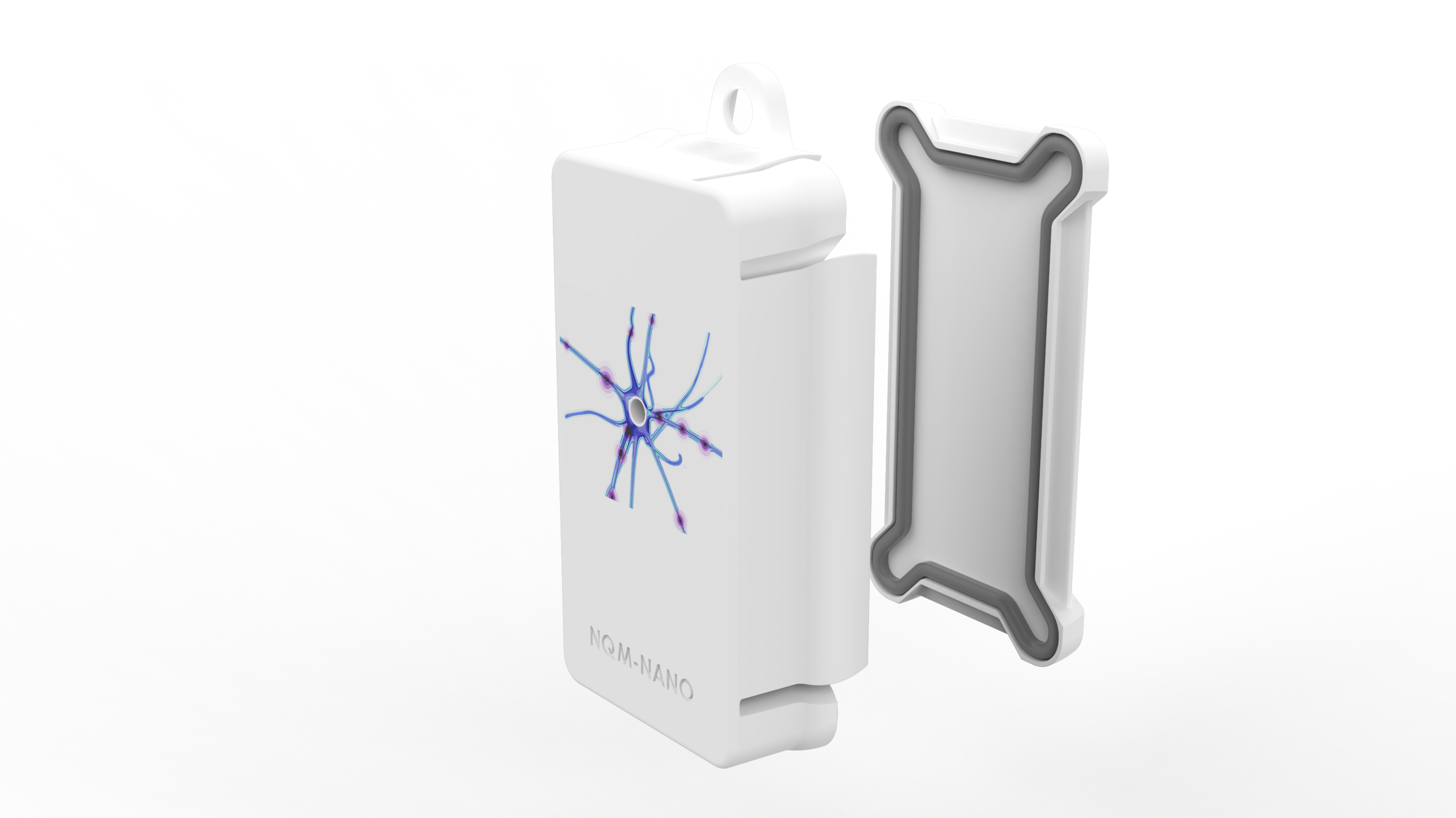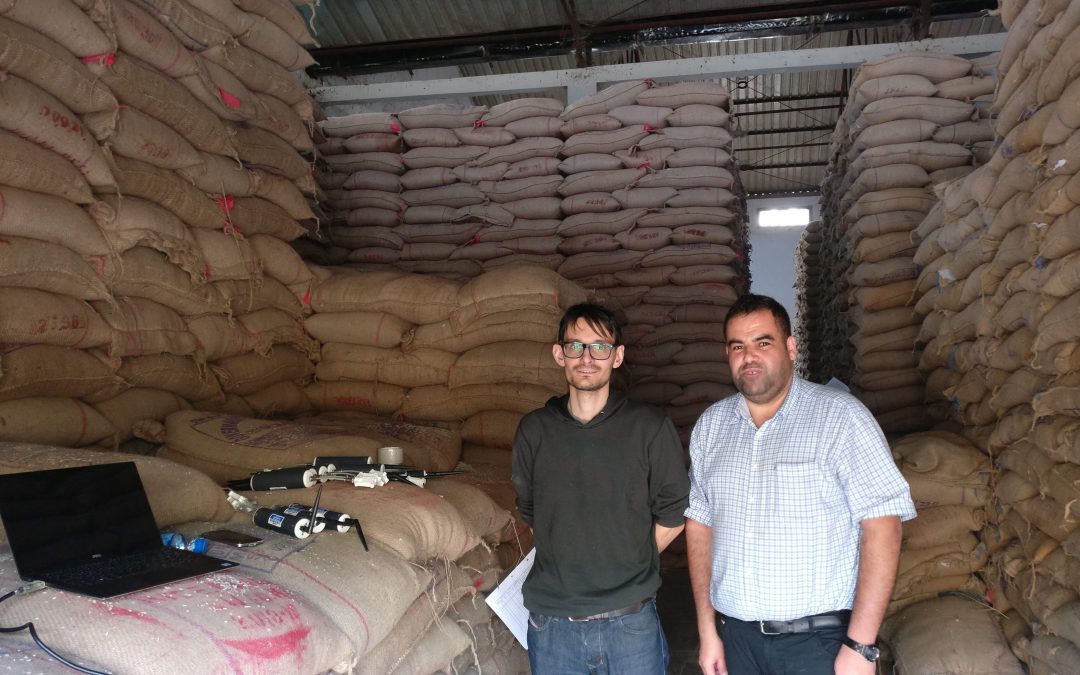The Graincare sensor suite scales-up a cloud connected grain monitoring and quality management decision support system for small scale producers. A prototype of the Graincare system was successfully trialed in India with a farmers cooperative and the IIFPT (Indian Institute of Food Processing Technology), Ministry of Food Processing Industries. The solution combines low-cost intelligent moisture measurement, data aggregation and decision support system (DSS) to assess the condition of grains, and if required, prompt the user to take corrective actions.
Cereal grains (e.g. rice, wheat, maize, pulses etc.) are the basis of staple food in most of the developing nations, but account for the maximum post-harvest losses on a calorific basis among all agricultural commodities. India produces approximately 291 million tons (MT) of food grains per year, with rice and wheat production accounting for 117.9 MT and 107.2 MT respectively. But a significant proportion of annual grain harvests never make it to the consumer. Post-harvest losses in India amount to between 12 and 16 million metric tons of food grains each year, a quantity that the World Bank stipulates could feed one-third of India’s poor. As much as 50%–60% of grains can be lost during the storage stage due to lack of technical efficiency2, with up to 35% of these losses directly linked to changing environmental conditions in the grain storage facility3. Poor storage conditions also have an impact on grain quality, meaning lower income per ton for the small-scale producers and warehouse operators. The Indian government estimates that poor storage is a major factor in post-harvest losses. In advanced economies, costly equipment, the implementation of strict quality processes and a highly trained workforce mean losses are relatively insignificant. However, in developing economies, it is difficult to replicate the same quality control.

The main innovations in the Graincare sensor suite are:
- Low-cost moisture measuring sensor NQM-NANO
- Low-cost data concentrator hub (Agri-Hub) gathering readings from the NQM-NANO sensors using LORATM communication protocol
- Data analytics cloud platform, and the user interface DSS software
While moderately priced moisture meters are available on the market, they must be operated by hand and none are capable of wireless transmission. Our innovative digital solution is unique in a number of ways:
- Moisture content of the grain can be inferred through indirect sensing (temperature and humidity) and the application of analytics;
- Use of data analytics and advanced algorithms to inform the user when and where action is needed in order to maintain grain quality while in storage.
The system will pinpoint the exact stack and location within the stack where the moisture is exceeding acceptable levels. The workers can then increase ventilation in this zone or even redistribute the grain sacks in the stack to address the issue and bring moisture levels back in check. With current technologies and available knowledge/expertise at small scale producer level, this is currently impossible.





